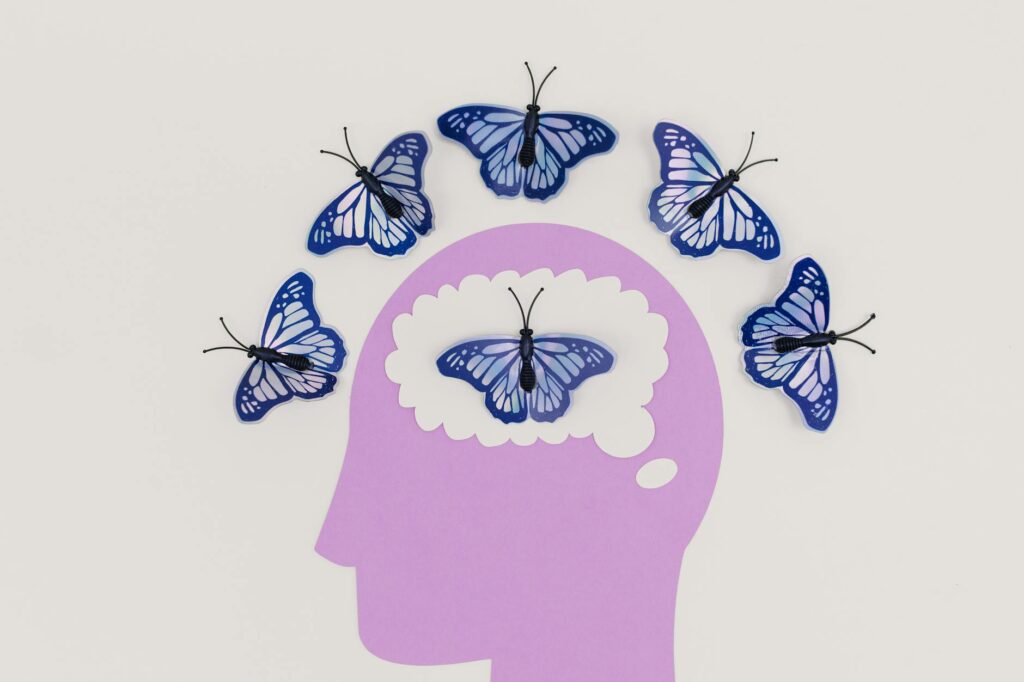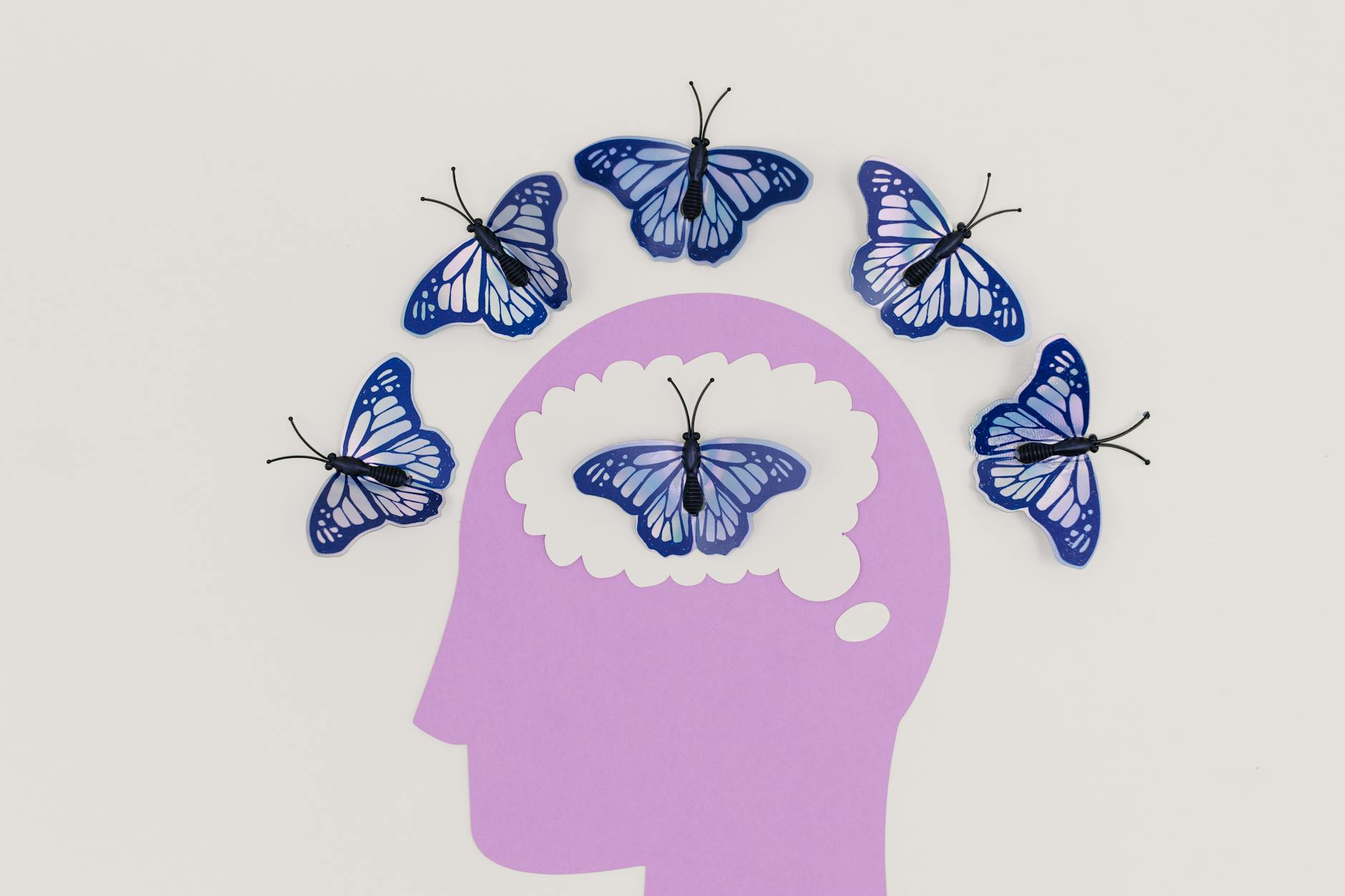What is art therapy techniques?

What is Art Therapy Techniques?
Art therapy is a unique approach that combines the creative process of making art with therapeutic techniques to improve mental, emotional, and physical well-being. As we navigate through life, we encounter various challenges that can impact our mental health. Art therapy serves as a viable option to help individuals express their feelings, confront their emotions, and explore their thoughts in a non-verbal manner. The relevance of art therapy in today’s world is undeniable, as it offers a safe space for people to heal, grow, and discover themselves.
Understanding Art Therapy
Art therapy is defined as a therapeutic technique that utilizes the creative process of making art to facilitate emotional expression and healing. This form of therapy emerged in the mid-20th century, as therapists began to recognize the benefits of art in understanding and communicating feelings. Over time, art therapy has evolved into a well-established practice, combining psychology and art to support mental health.
The Role of Creativity in Therapy
Creativity plays a pivotal role in art therapy. Engaging in creative activities allows individuals to express emotions that may be difficult to articulate verbally. Just like a painter uses a canvas to depict their thoughts and feelings, clients can use various art-making methods to explore their inner world. This process can lead to profound emotional insights and personal revelations, ultimately fostering healing.
Benefits of Art Therapy
The mental and emotional benefits of engaging in art therapy are vast. Research has shown that art therapy can reduce symptoms of anxiety, depression, and trauma. It encourages self-expression and helps individuals improve self-esteem and self-awareness. You can explore some of these benefits in greater detail on platforms like Psychiatry.org and Husson University. Engaging in art therapy allows individuals to:
- Reduce Stress and Anxiety: Channeling feelings into creative expressions can help alleviate stress.
- Improve Self-Esteem: As individuals create and reflect on their artwork, they often gain confidence in their abilities.
- Foster Emotional Resilience: Art therapy encourages coping strategies, helping individuals manage their emotions more effectively.
Popular Art Therapy Techniques
Art therapy encompasses a variety of techniques to suit different needs and preferences. Here are some popular methods used in art therapy:
Drawing and Painting Techniques
Drawing and painting are fundamental techniques in art therapy. These activities allow individuals to depict their emotions, thoughts, and experiences visually. For example, someone might draw a stormy sky to represent their feelings of sadness or create a vibrant landscape to express joy. The process of applying color and form can be cathartic, providing a sense of relief and clarity.

Photo by Tara Winstead
Collage and Mixed Media
Collage and mixed media techniques involve combining various materials, such as photographs, magazine clippings, and textured papers, to create unique compositions. This method allows for deeper self-exploration, as individuals can visually represent complex feelings and experiences. For instance, someone may use images of nature to symbolize healing and growth, or they might incorporate images that resonate with their personal story.
Sculpture and Three-Dimensional Art
Working with three-dimensional forms, such as clay or other materials, provides a hands-on experience in art therapy. Sculpting can be particularly beneficial for those who find it challenging to express themselves through traditional drawing or painting. The tactile nature of three-dimensional art allows individuals to engage physically with their emotions, providing a different level of expression.
Application of Art Therapy Techniques
Art therapy techniques can be integrated into various settings, making them versatile tools for emotional and mental wellness.
Art Therapy in Mental Health
In mental health settings, art therapy is a valuable approach for treating conditions like anxiety, depression, and trauma. It allows therapists to assess clients’ emotional states and guide them toward healing through creative expression. The process can foster communication between clients and therapists, paving the way for deeper understanding and connection.
Art Therapy in Educational Settings
Schools and educational institutions are increasingly adopting art therapy to support students’ mental health. This technique provides students with a creative outlet to express their feelings and manage academic stress. The benefits of art therapy in these settings extend beyond emotional support, enhancing students’ social skills, self-esteem, and overall well-being.
Art Therapy for Personal Development
Individuals can also use art therapy techniques for personal growth and self-improvement. Engaging in art-making can facilitate reflection and self-discovery, helping individuals uncover their passions and strengths. Whether through journaling, painting, or sculpting, art therapy can serve as a powerful tool for personal development.
Choosing an Art Therapist
Finding the right art therapist is crucial for a successful therapeutic experience. Here are some tips to help you in your search:
Qualifications and Credentials
When looking for an art therapist, it’s essential to check their qualifications and credentials. Certified art therapists typically have a master’s degree in art therapy or a related field and are trained in psychological principles. Organizations like the American Art Therapy Association provide resources to help you find qualified professionals.
What to Expect in a Session
During your first art therapy session, you can expect a welcoming environment where you can express yourself without judgment. The therapist will typically discuss your goals and may guide you through specific art-making activities. Remember, there are no right or wrong answers in art therapy—it’s all about personal expression and exploration.
Conclusion
Art therapy techniques offer a powerful way to explore emotions, foster healing, and support personal growth. Whether through drawing, collage, or sculpture, these creative processes can pave the way for deeper self-understanding and emotional resilience. If you’re considering art therapy, take the time to find a qualified therapist who can help you on your journey. Embrace the opportunity to express yourself and unlock the healing potential that art can provide.